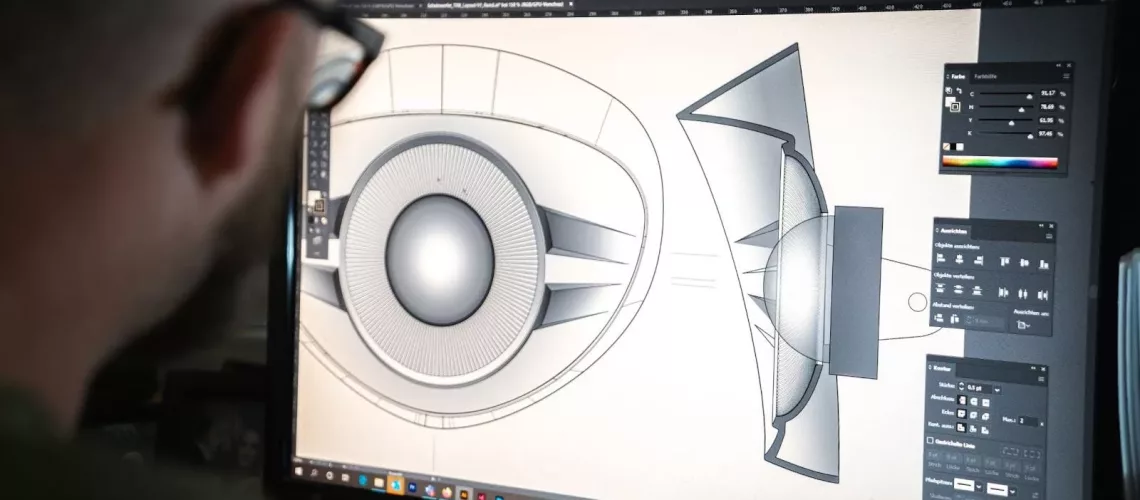Architecture, engineering and construction (AEC) are industries on the cutting edge of technology and innovation. New techniques, technologies, and materials make construction faster, safer, and more efficient every year. However, the technological applications start long before the ground is even broken.
Computer Assisted Design (CAD) is one of the most important parts of any modern AEC project. However, in an increasingly globalized world, many have suggested design can be done entirely out of the country, and is no longer a priority skill for those looking for jobs in the construction industry. But is this really the case?
Why CAD is Ubiquitous
CAD naturally has wide-ranging applications across many fields. Any industry that needs to create digital mock-ups of items before physical ones has a need for CAD. In construction, CAD technology took over the previous manual drafting process, for everything from buildings themselves, to their electrical and plumbing systems.
Popular CAD software that construction staffing firms might expect a CAD designer to be proficient in include AutoCAD, Microstation, Revit, and SkyCiv. CAD can take the form of 3D or 2D designs as needed.
It’s not just because of its wide range of applications that CAD has become ubiquitous. CAD designs are incredibly easy to share compared to the old manual versions. A design firm on one continent can easily transfer its designs overseas to another.
CAD designs can also be quickly edited or copied. When working with CAD, the entire process is more secure and less vulnerable to files beyond destroyed, lost, or spied on.
However, one of the most important benefits of CAD is that it’s easy, both to pick up and do. This is why it has spread so widely as the method of choice for architectural design. It’s also what has created the idea that CAD is a skill destined to be outsourced. But is this really the future?
The Future of CAD
For the moment, CAD looks to be a highly relevant skill for those interested in the construction industry. Despite the movement of much design overseas, many companies are starting to realize the importance of in-house CAD skills.
Just because something can be cheaper doesn’t necessarily mean it’s better. In fact, the opposite is often true. If CAD work from a secondary source is subpar, that means it will all need to be reviewed and edited in-house.
Outsourced CAD also often has the issue of communication. If the design team members aren’t native speakers (in respect to where the project is being completed), this can create errors in intent between the client and the designers. As well, there’s a greater chance for the design to “drift” from what is intended if it’s all being done remotely. There are benefits from being in the same office as your design team and looking at the designs in process.
Having CAD designers on staff at a construction, architecture, or engineering company streamlines the process, and provides quality control. In a state that prizes innovation and excellence in architecture, anything less won’t make the cut in a competitive bidding environment in California.
Put Your CAD Skills to Use with Certis Solutions
Job seekers with CAD skills are in high demand with all construction staffing agencies. However, while CAD has enabled the era of remote work, that same remote work can make applying for CAD jobs more difficult if work is outsourced.
If you’re a CAD designer looking for work, Certis Solutions is the AEC staffing agency for you. We have intimate relationships with some of the best and biggest construction and engineering companies in the state of California. Contact us today, and get your CAD career rolling.


